

Damion Smy
Boxy new KGM Musso unveiled to take on HiLux and Ranger ahead of Australian launch
13 Hours Ago
The T-Cross offers plenty of charm with signature Volkswagen flavour, but does the high-grade Style stack up well enough for its rich pricing?
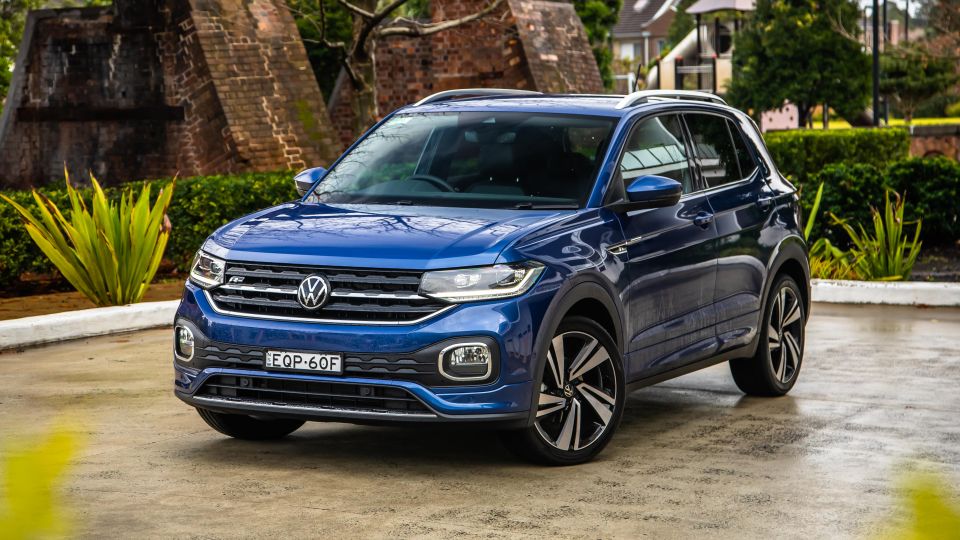
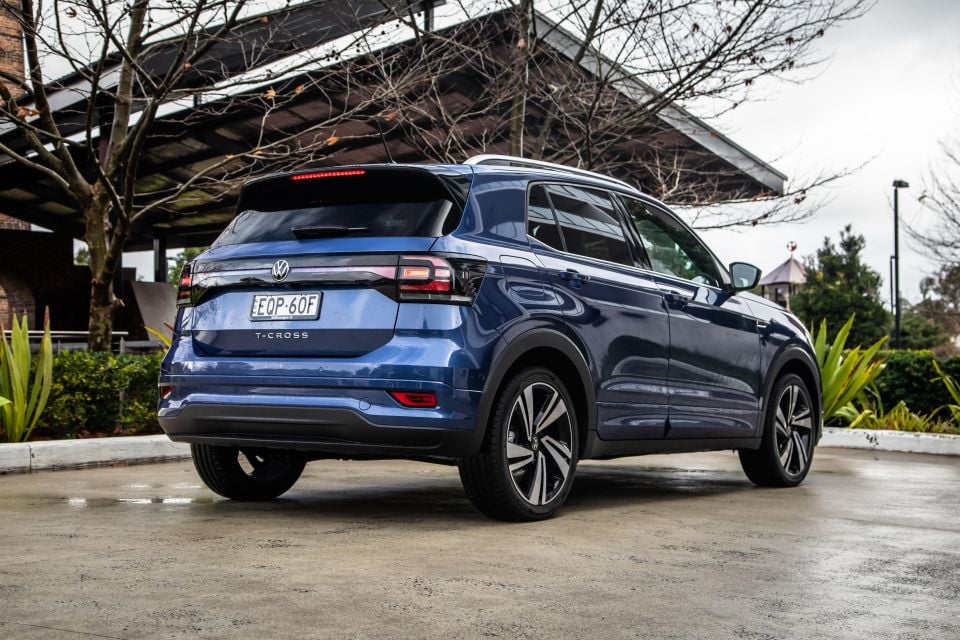

Quickly see how this car stacks up against its competition. Select any benchmark to see more details.
Where expert car reviews meet expert car buying – CarExpert gives you trusted advice, personalised service and real savings on your next new car.
The Volkswagen T-Cross arrived late to the compact crossover party locally (back in mid-2020) but fashionably enough to swoon plenty of buyers.
As Volkswagen’s smallest and most affordable SUV offering in its concise two-variant range it quickly went on to become one of the light crossover segment’s most-popular choices.
Smart looks with big charm, city-friendly proportions and frugality, all minted in Germanic style garnished with Volkswagen’s slick and techy cabin accoutrements, the T-Cross certainly seems dressed for success.
Now that the T-Cross has become a more-familiar mainstay in Aussie driveways and on local roads, does it stack up as well as it has in the past in the face of recent creeping pricing, particularly in the higher-spec Style trim?
At the time of writing, the T-Cross 85TSI Style lists for $33,750 plus on-road costs. But pricing for the compact crossover has proven a moving target, having been subjected to three price hikes in the past 12 months with some minor equipment adjustment (the addition of DAB+) as sort of compensation.
The last time we reviewed the 85TSI Style, mid last year, it listed for $10 under $32k.
In the last test, the review vehicle had both Sound & Vision ($1900) and R-Line ($2550) packages for what amounted to $36,390 before on-roads. 12 months on, the T-Cross sampler before you just fits R-Line package only for a sum total list price of $36,300 plus on-roads as tested.
The point? Sleeping on T-Cross by a single model year effectively downgrades 85TSI Style by everything offered in the Sound and Vision bundle, which includes digital instrumentation, sat-nav, wireless smartphone mirroring, etc.

Key rivals include:
Prices include on-road costs
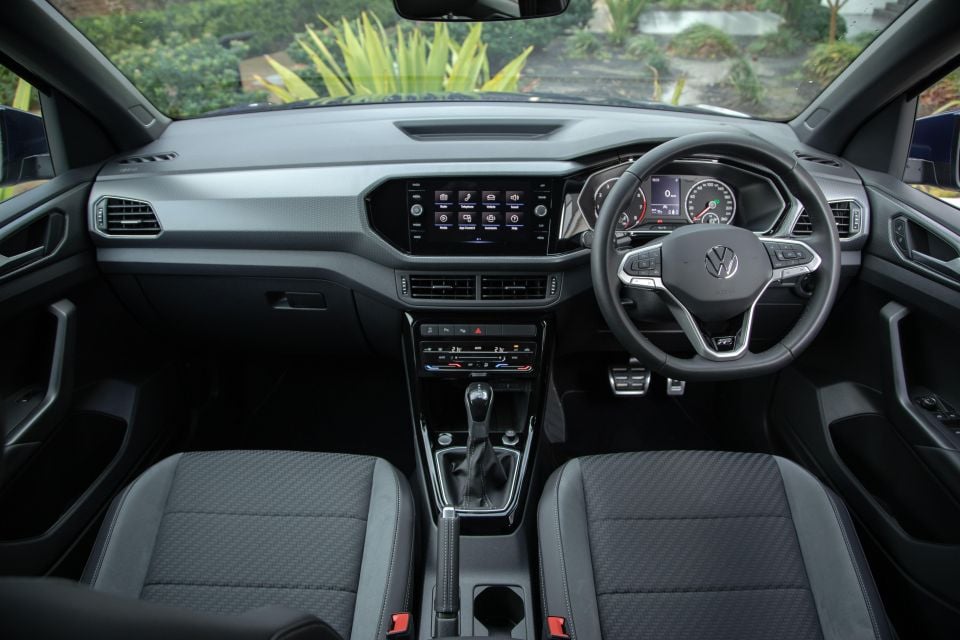
Buy your new car without the stress. It's fast, simple and completely free.

Great service from Travis and team, second time I have used this business would not hesitate to recommend them to anyone
Craig C.
Purchased a Ford Ranger in Sunshine Coast, QLD
CarExpert helped Craig save thousands on his Ford Ranger, now let us save you on your next new car.
Find a dealNot to labour on a prior point, but this Style’s cabin has a key difference to the example we tested 12 months ago – for what’s close to the same outlay.
Last time out, the T-Cross had a large, optional 10.25-inch digital driver’s instrumentation where this version fits basic analogue gauges.
The former wireless Apple CarPlay and Android Auto is wired in this version and the 300-watt premium sound is now absent. There’s no sat-nav here either – all of these come as part of the optional Sound & Vision Package.
However, positive changes are the addition of DAB+ and slider-type interface for the dual-climate control whereas the older (MY20) car used dials.

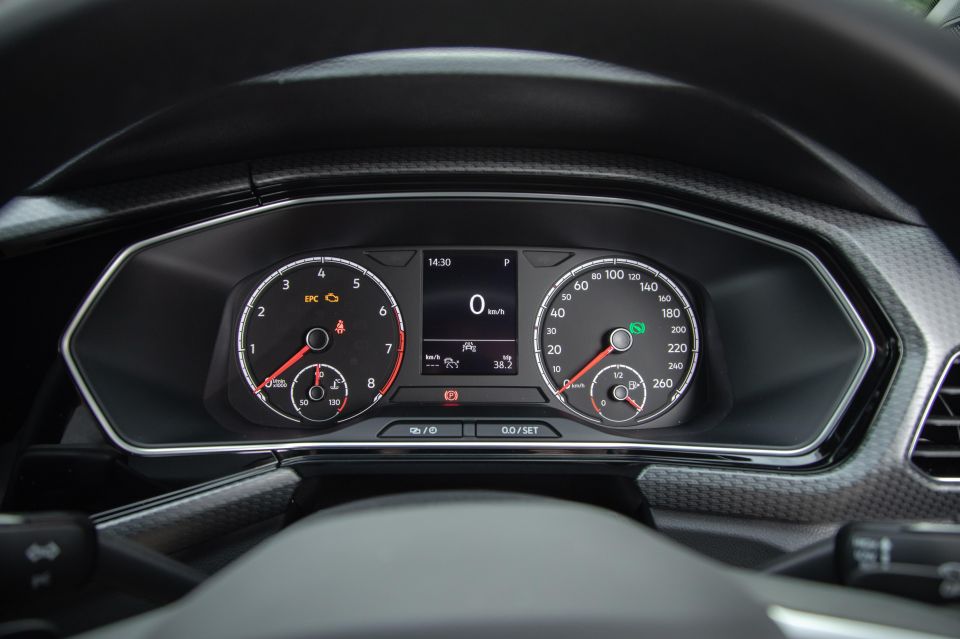
The upshot is that the absence of Sound and Vision goodies intrinsically affects the upmarket vibe of the T-Cross Style. And it’s not as value-rich, for its near-$34k outlay, as it once was. To get that vibe back you have to start paying more…
Unsurprisingly, the fundamentals are quite Polo-like, albeit with a differently styled dash. Much of it feels like an expensive Polo given that the so-called ‘semi-premium’ ambience that has done Volkswagen much favours in brand building is somewhat absent in T-Cross.
This is largely thanks to the excessive use of mainstream plastic interiors, much of it conspicuously shiny and hard or hardy (depending on your personal perspective).
In fairness, the somewhat utilitarian surface material use fits the T-Cross from an ‘adventure-leaning’ perspective, though it’s a little at odds with the sporty plushness the R-Line carbon fabric and suede seating promises.
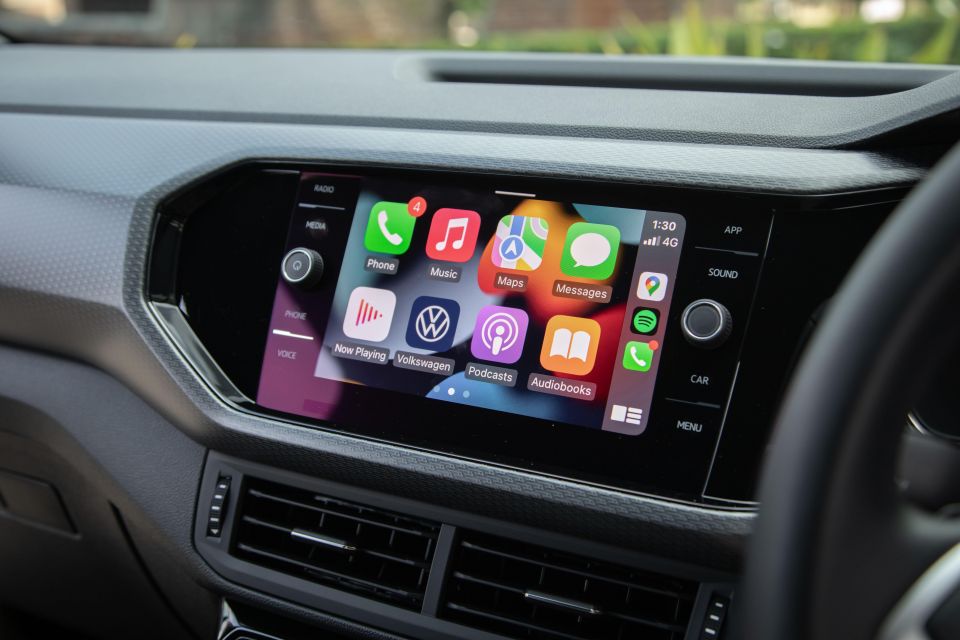
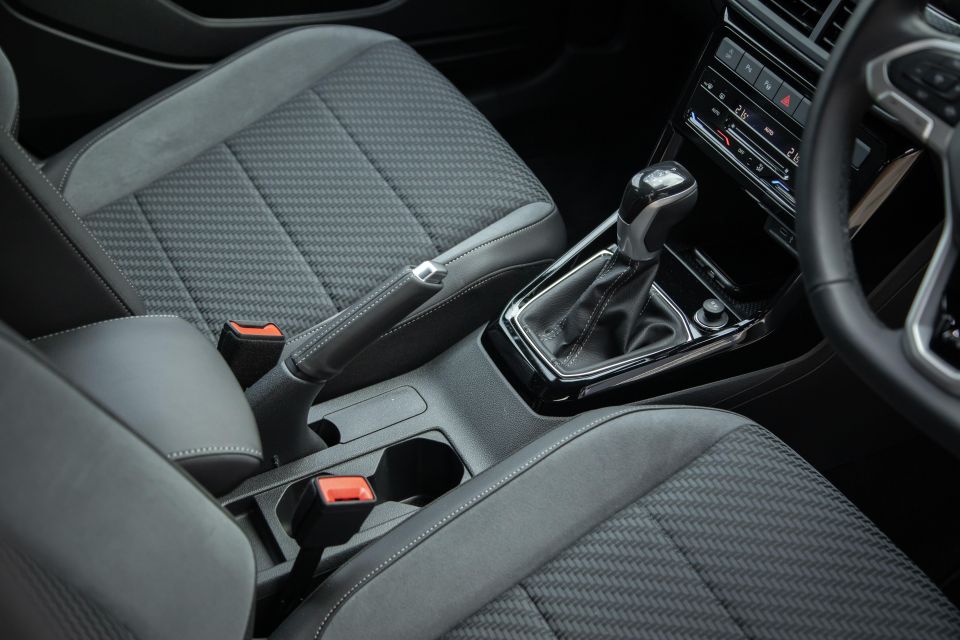
The seats are good, comfy and supportive, though adjustment for both front pews are strictly old-school mechanical, as is the handbrake lever.
The dual-zone climate control – not necessarily improved with the newer slider/button interface – and subtle ambient lighting are small luxury nods to what is a fairly modest fitout for a high-spec variant.
Much of the Style’s cabin features are mirrored in the more affordable ‘Life’, and just why digital instrumentation, say, isn’t standard in the effective flagship, is disappointing.
Cost consciousness extends throughout the cabin. There’s an absence of sat-nav in the otherwise fine infotainment system, with dual USB-C outlets above the inductive charge pad, the only logical stowage point for your phone, a combination that’d be far more logical with wireless phone mirroring.
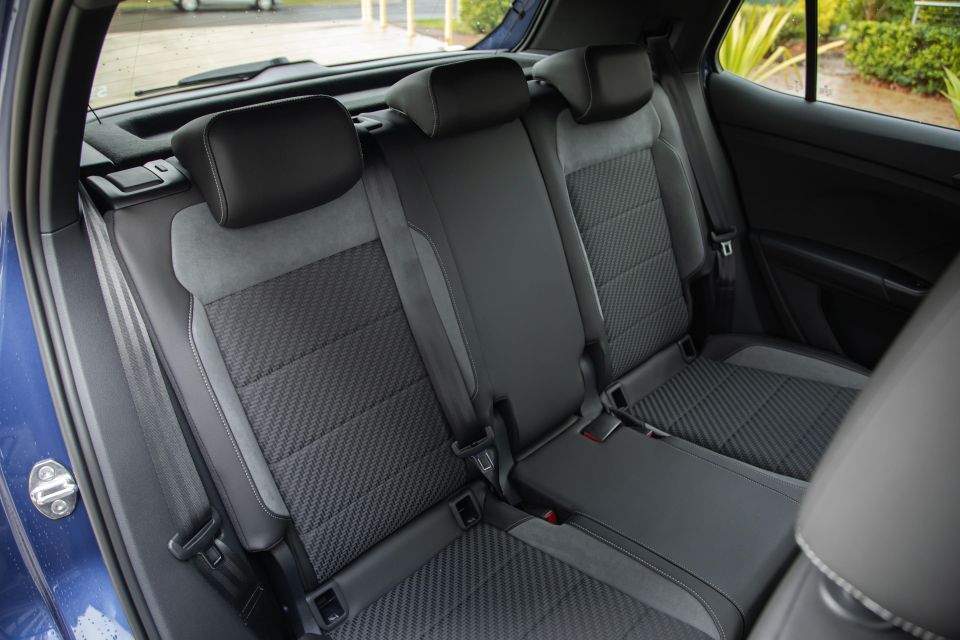
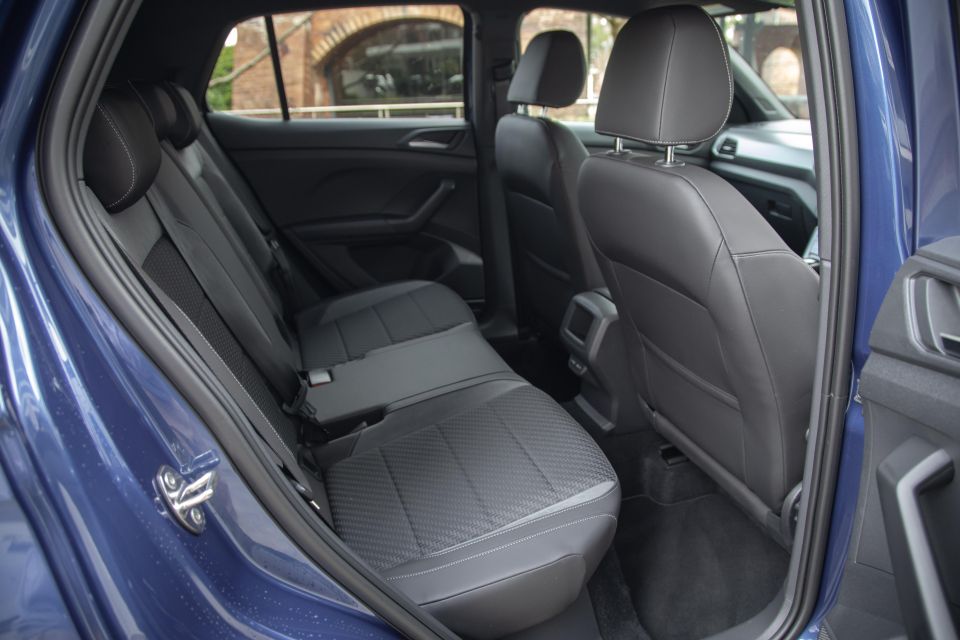
There’s also no device power for rear passengers, or rear air ventilation. Even the dual cup holders in the front console seem only half considered.
But the cabin does do what Volkswagen does very well, providing clear ergonomics with plenty of light and vision from the glass area and a nice, airy ambience.
Some of the touchpoints and much of the switchgear have a quality feel and execution is generally quite solid, to a point where the doors do need a decent pull to shut properly.
The decent packaging of T-Cross affords quite decent second-row roominess.
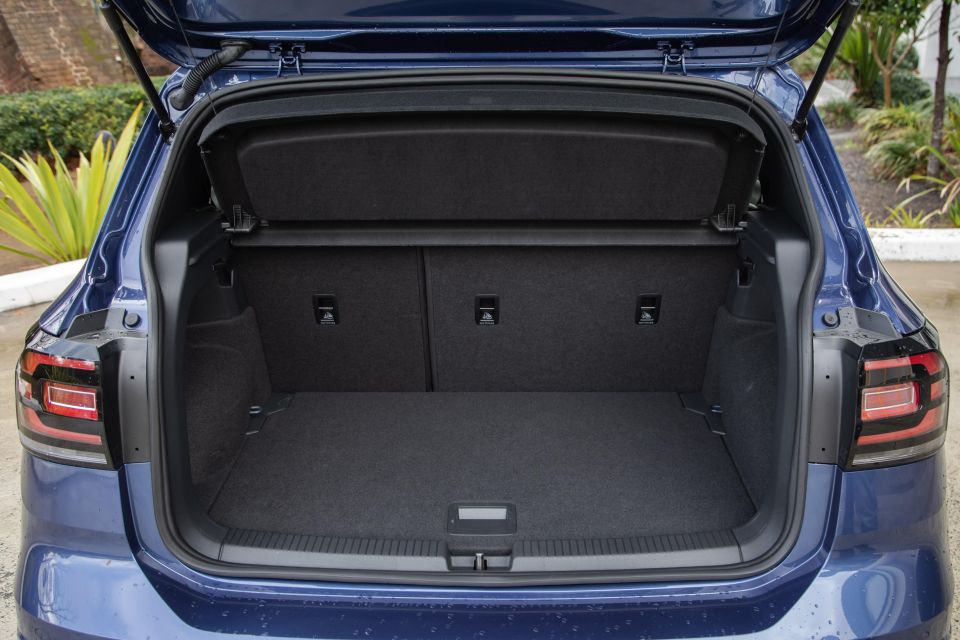
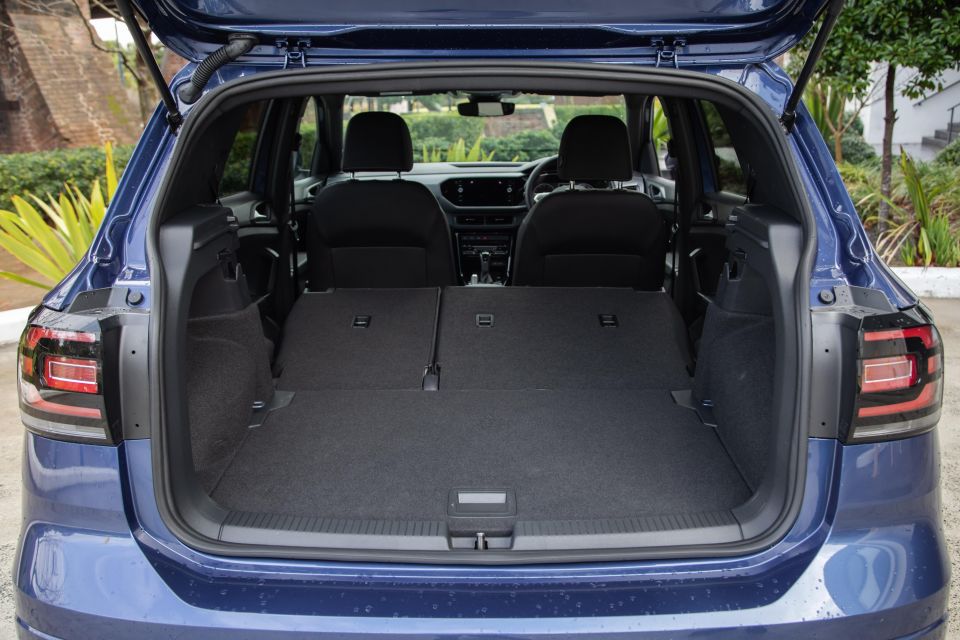
Much like the first row, the rear seating is a comfy place to spend time in, at least in terms of support and limb clearance given the sliding function of the rear bench. ISOFIX and top-tether points are fitted in the usual areas.
The boot space looks good on paper, between 385 and 455 litres depending on how the rear bench seat is adjusted.
Though having climbed out of a Kia Seltos into our T-Cross experience, it’s only the former that afforded enough boot space for two large suitcases side by side.
Instead, you have to drop rear seatbacks in the Volkswagen, liberating 1281L, or do what we did and plonk one travel case on the rear seat, which is not ideal.

Given the technical relationship to Polo, it’s unsurprising that motivation comes by way of a shared 1.0-litre three-cylinder turbocharged petrol engine.
As its namesake suggests, power is 85kW at 5500rpm with a fairly heady 200Nm (2000-3500rpm) given the engine’s diminutive capacity.
Only one driveline is offered for the T-Cross in Australia: a seven-speed dual-clutch automatic driving the front wheels.
Volkswagen highlights the frugality on offer and at 5.4L/100km combined, rightfully so. It demands a 95 RON minimum in its small 40-litre tank.
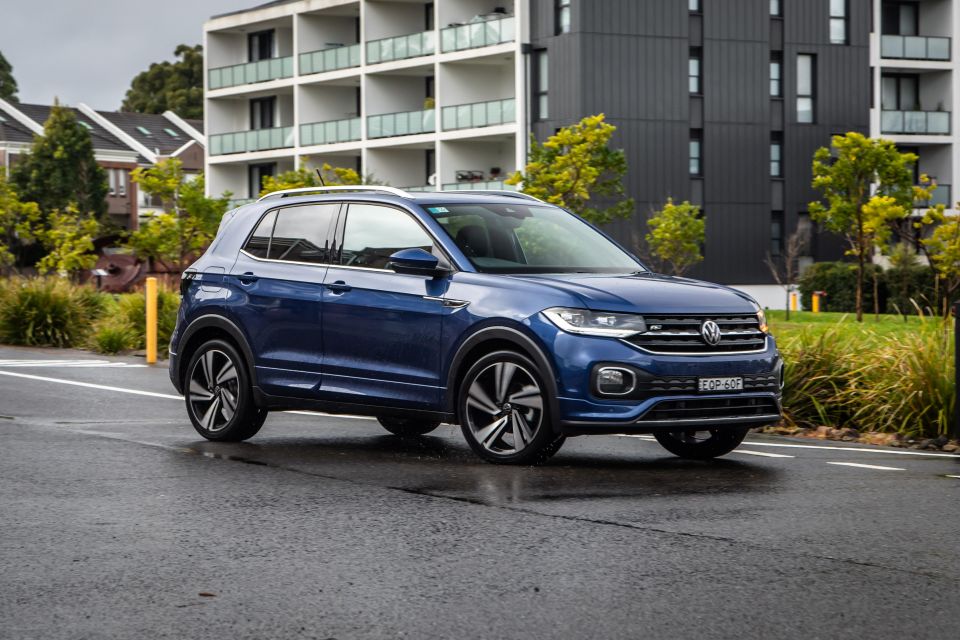
In general, the T-Cross is light on its rubber feet, cooperative and quite a friendly thing to punt around town. Its kinship with the well-regarded Polo is undeniable.
Outward vision is excellent and combined with its reasonably compact stature it’s easy to negotiate though tight inner-city confines and a doddle to park, though in heavy rain the reversing camera gets drenched to point of becoming useless.
The turbo three-pot and DSG transmission combination is, on balance, workmanlike. Off the mark you really need to tap the transmission controller to activate sport mode, otherwise it gets caught pausing in its responses.
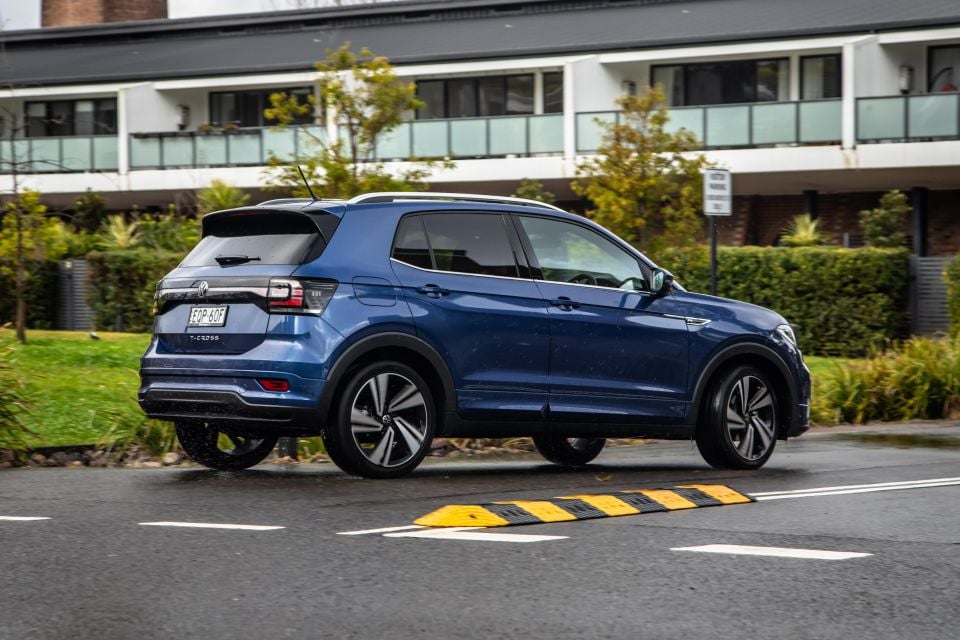
After which you need to tap it again for regular (comfort) drive to remain settled on the move.
The powertrain demands driver intervention to pluck its best in the situations that demand it. On one hand, it’s an easy regime to acclimatise to.
On another, there would probably be less necessary intervention if it was fitted with the 110kW 1.5-litre four-cylinder engine that was once slated for T-Cross in Oz but never made it to showrooms.
With what’s served, the three-pot seems charming at first, but its gruff nature quickly transforms from charming to diesel-like annoyance.
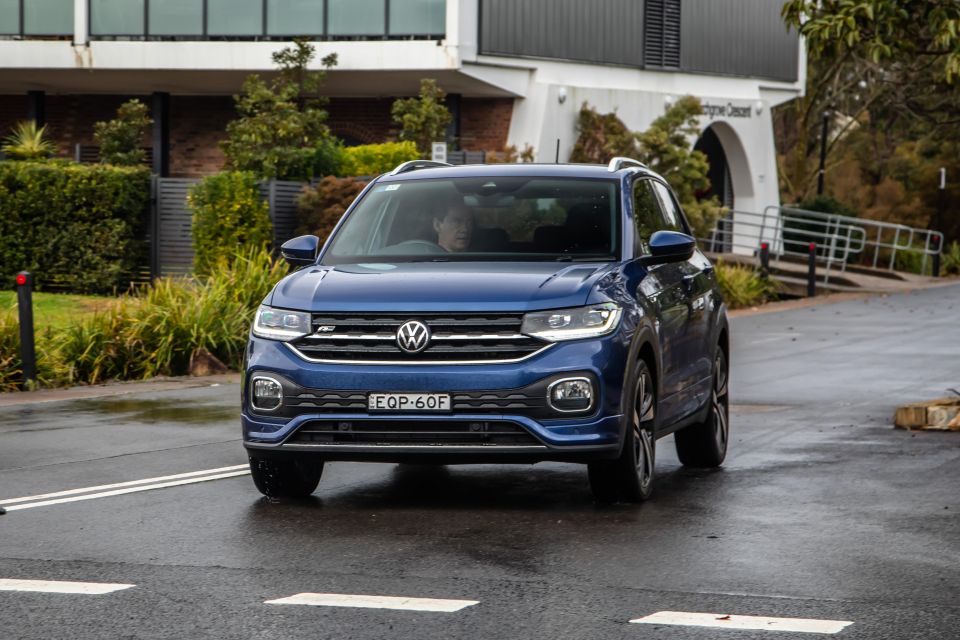
But on the boil, it feels quicker than what the form guide suggests, which is double figures for the march to 100km/h from a standstill. No gripe there.
Still, the DSG and small engine combo has never been a pillar of flexibility and refinement and it rings true as much here as it has done in various Volkswagens through an age.
This transmission is mostly slick if occasionally a little notchy. But, on balance, what T-Cross serves is vastly superior to some of the naturally-aspirated and CVT formats found elsewhere in its segment.
Ride comfort is quite decent on the optional 18-inch R-Line wheels. There a bit of fizziness across smaller imperfections and a bit of shock across the many potholes left by the recent rain deluge that affected metro Sydney.
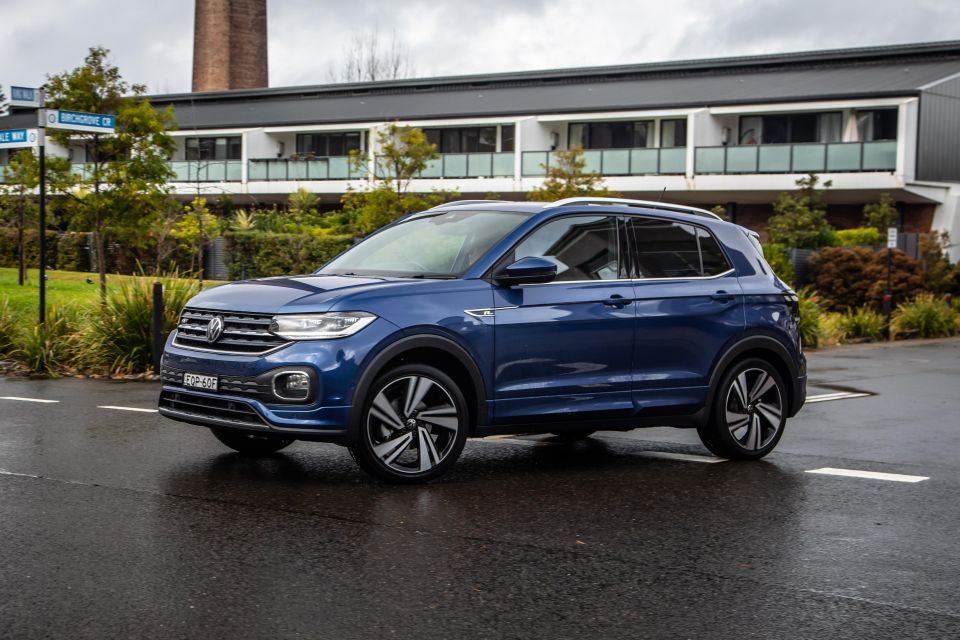
But there’s nice solidity to its road manner and the T-Cross does a decent job of filtering out vibration and harshness while being acceptable enough at isolating road and ambient noises.
To its strength, the T-Cross feels equally at home out on the open road as it does fulfill its primary role as a city car. There’s a certain satisfying substance to it and maturity in its manner.
The safety systems all seem to work well and intervene where expected, bar perhaps the lane keeping, which does become overbearing and incessant when tracking narrow lanes. No biggie.
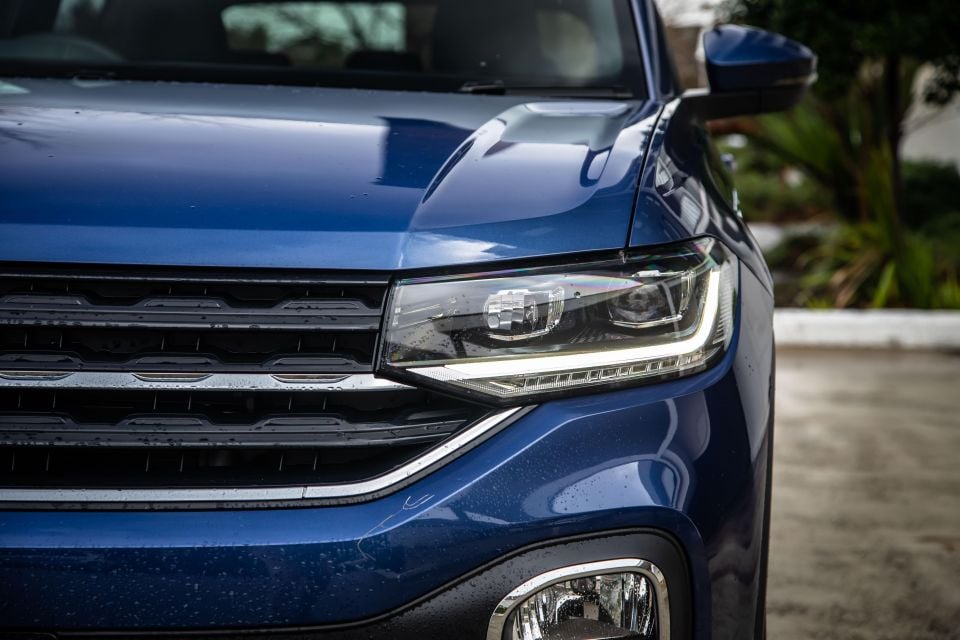

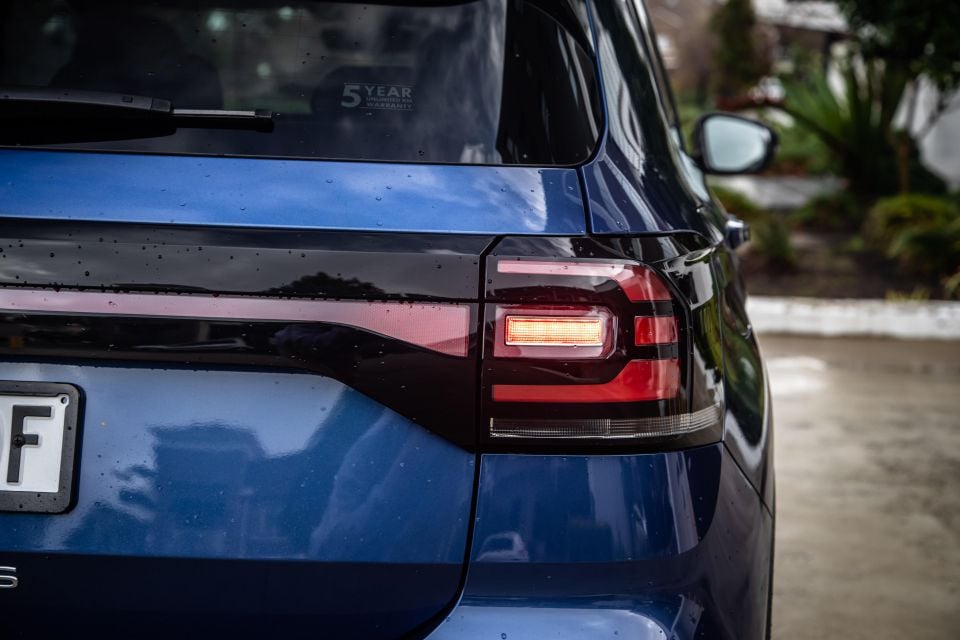
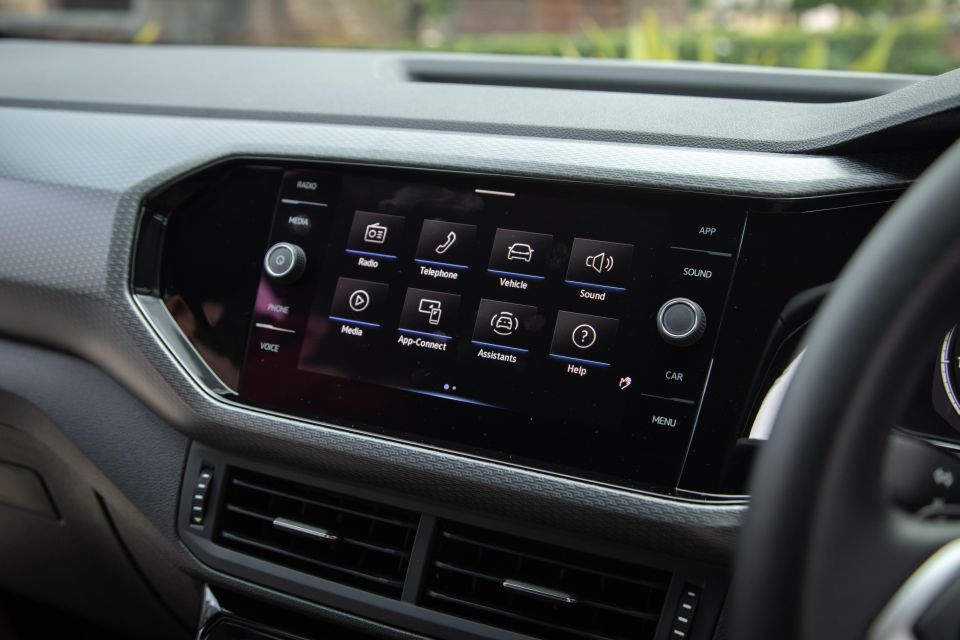
T-Cross 85TSI Style highlights:
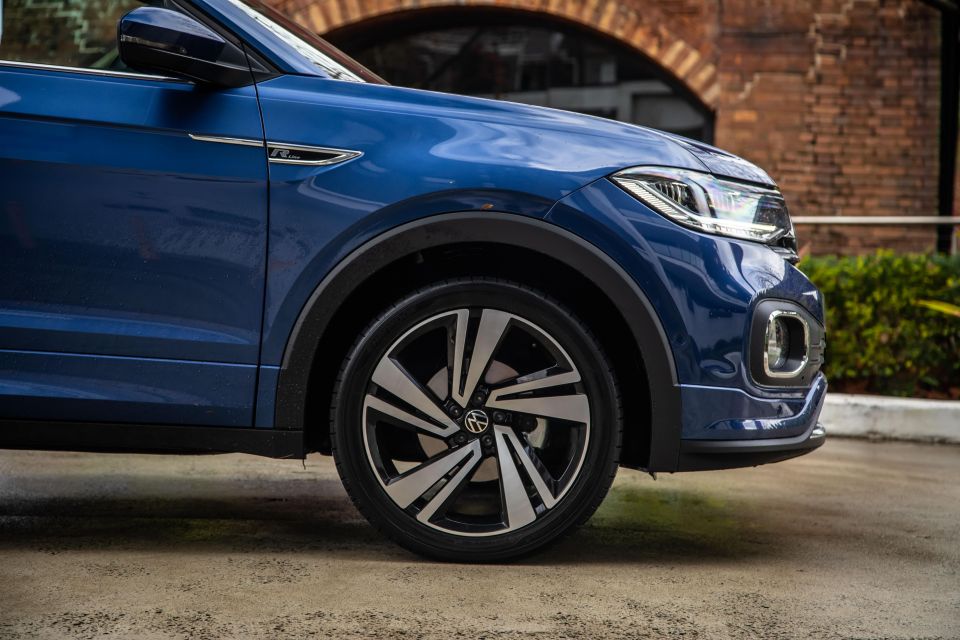

Where expert car reviews meet expert car buying – CarExpert gives you trusted advice, personalised service and real savings on your next new car.
The Sound & Vision package ($1900) adds:
The R-Line Package ($2500 as fitted) brings:
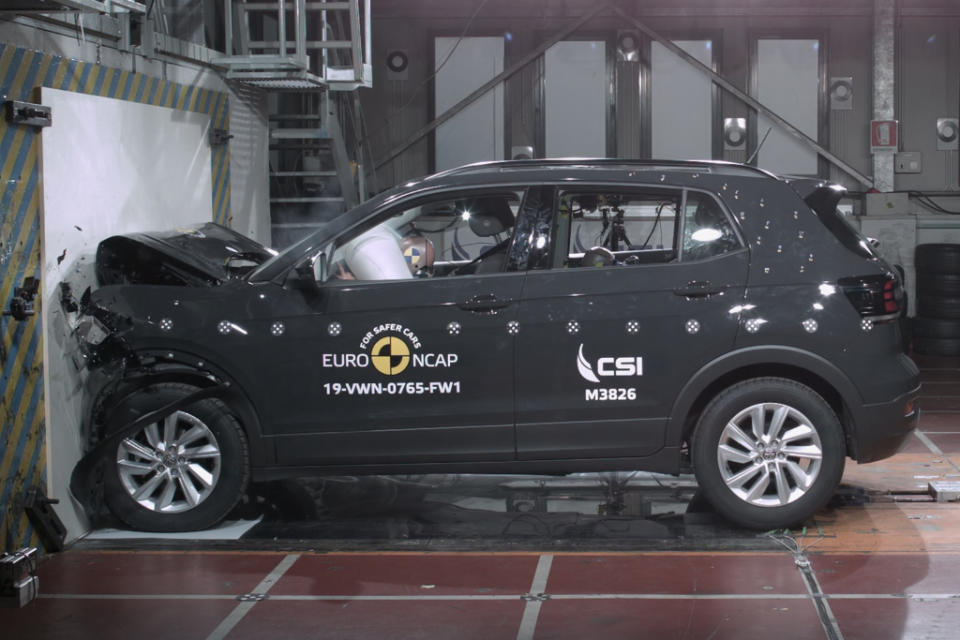
The Volkswagen T-Cross wears a five-star ANCAP safety rating based on tests conducted by Euro NCAP in 2019.
The T-Cross achieved 97 per cent for adult occupant protection, 85 per cent for child occupant protection, 81 per cent for vulnerable road users, and 80 per cent for safety assist.
Standard safety equipment includes:
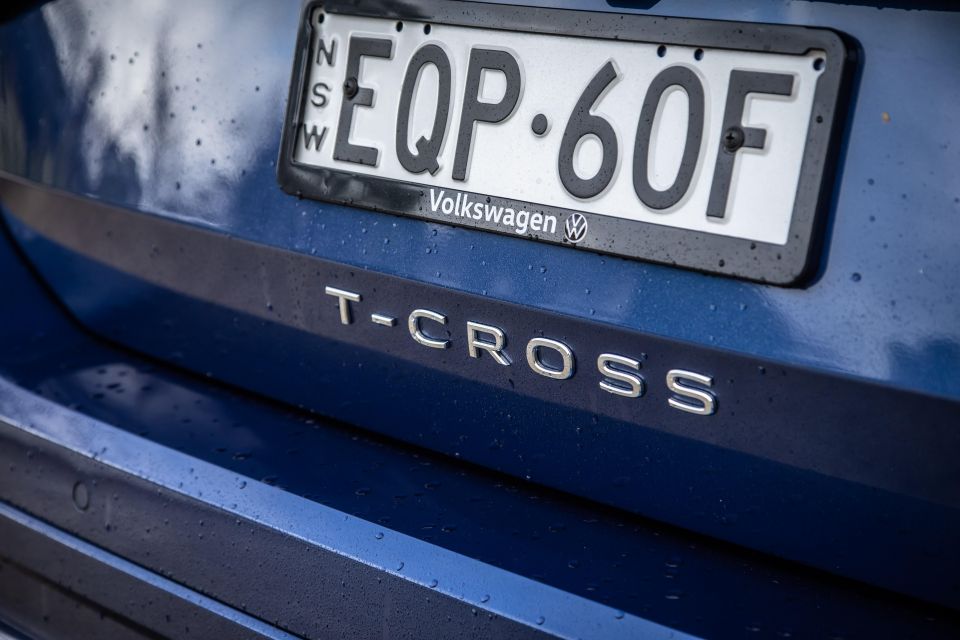
Volkswagen offers five years of unlimited-kilometre warranty across its line-up.
Service intervals are 12 months or 15,000km, whichever comes first. Volkswagen offers paid-upfront servicing packs for three years at $1300 and five years at $2100 for the T-Cross, the latter with first service free.
As mentioned, claimed combined consumption is 5.4L/100km on a 95 RON minimum. Real-world assessment returned figures closer to the mid sevens, which is good but not nearly as rosy.
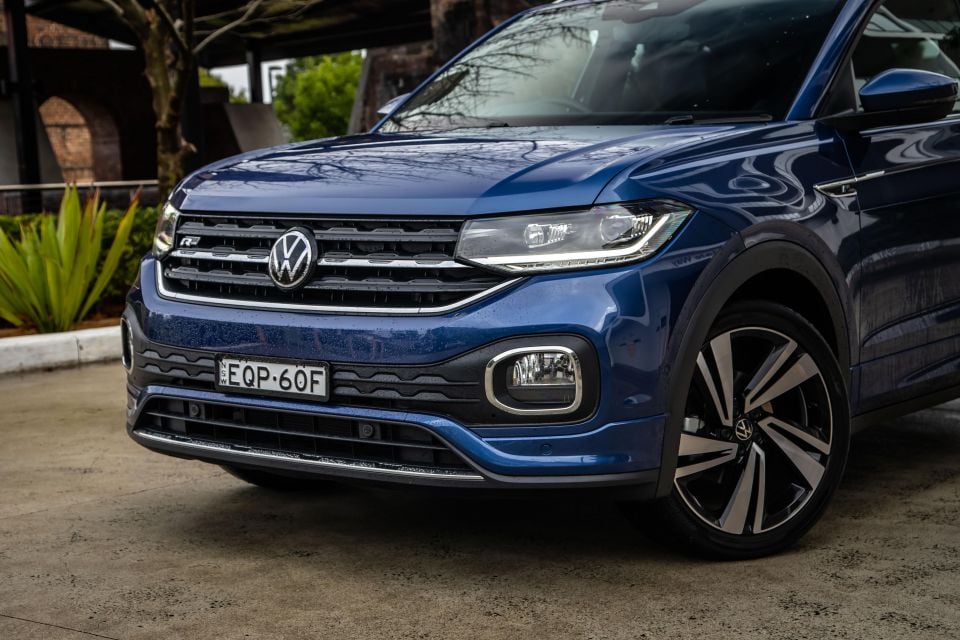
We’ve praised the T-Cross in the past, for its refinement, its spaciousness and it on-road manners. It’s a solid and mature offering in a segment that has oftentimes struggled offering as much.
This segment is one constantly on the improvement as customer expectations rise in tandem with the sort of money its nicer proponents ask for.
But while the T-Cross Style offers goodness, there are also many areas where it could and should lift its game, for its seemingly ever-creeping pricing.
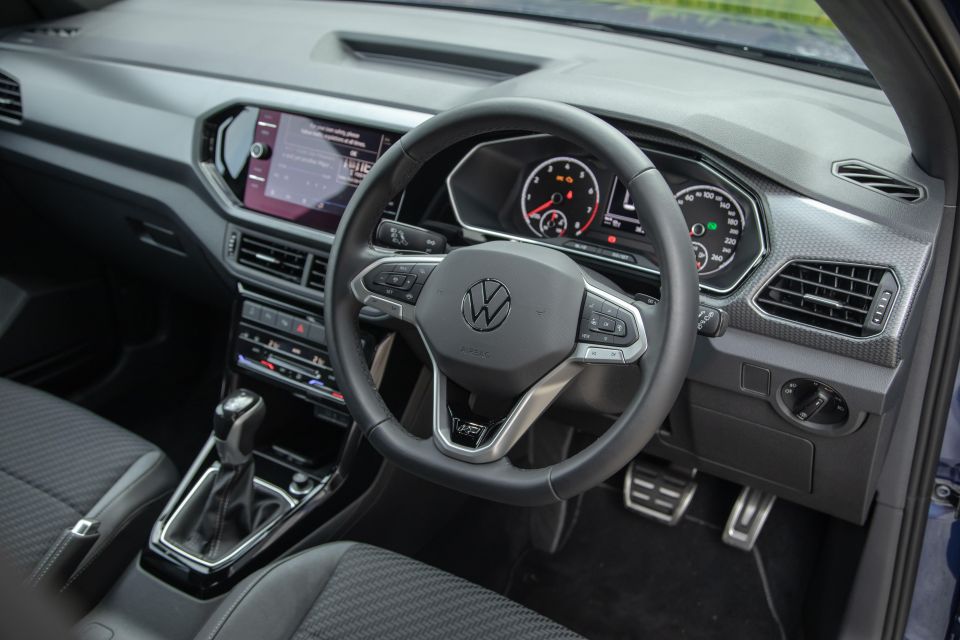
Put simply, right now you get less for your money than you did 12 months ago, or need a fair bit more outlay to maintain the nicer stuff on the features list.
It is a sign of the times perhaps, and afflicts the wider industry. However, many of the T-Cross’s key rivals aren’t much pricier than what they were a year ago.
It’s not simply a case of staying away from options boxes, it’s more that for this sort of coin at least some of those upgrades should be standard.
Despite increasingly questionable value, at its core the T-Cross remains one of the better compact crossover offerings. That it’s also proving to remain one of the more popular with buyers is fitting.
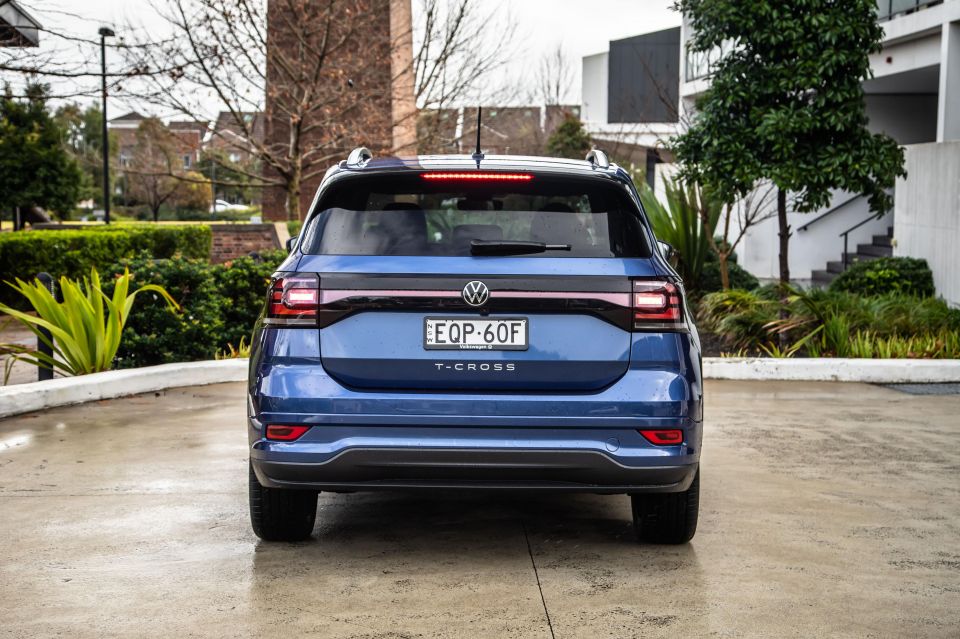
Click the images for the full gallery
Where expert car reviews meet expert car buying – CarExpert gives you trusted advice, personalised service and real savings on your next new car.


Damion Smy
13 Hours Ago


Damion Smy
14 Hours Ago


Damion Smy
16 Hours Ago


Damion Smy
17 Hours Ago


Damion Smy
19 Hours Ago


Damion Smy
20 Hours Ago